Hindu Festival Hartalika Teej
Hartalika Teej
Hartalika Teej is a sacred Hindu festival celebrated mainly by women in states like Uttar Pradesh, Bihar, Madhya Pradesh, and Rajasthan. It falls on the third day of the Shukla Paksha in the month of Bhadrapada (August–September). The word Hartalika comes from two Sanskrit words—Harat (abduction) and Aalika (female friend)—referring to the legend of Goddess Parvati, who was taken to a forest by her friend to perform penance to please Lord Shiva.
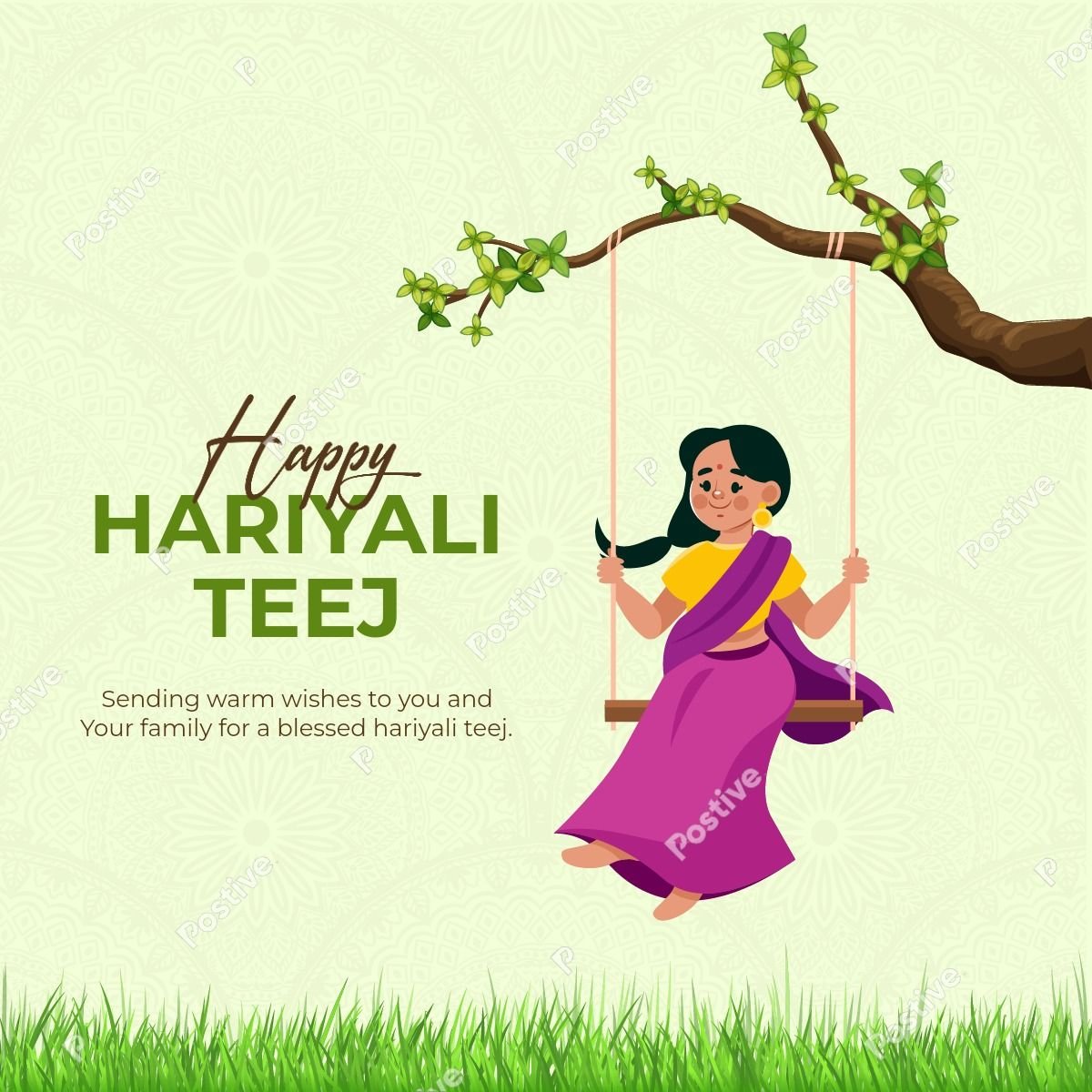

The festival also includes gatherings of women who share stories, sing devotional songs, and perform rituals together, making it both spiritual and social. Hartalika Teej thus celebrates devotion, sacrifice, marital harmony, and the divine blessings of Lord Shiva and Goddess Parvati.

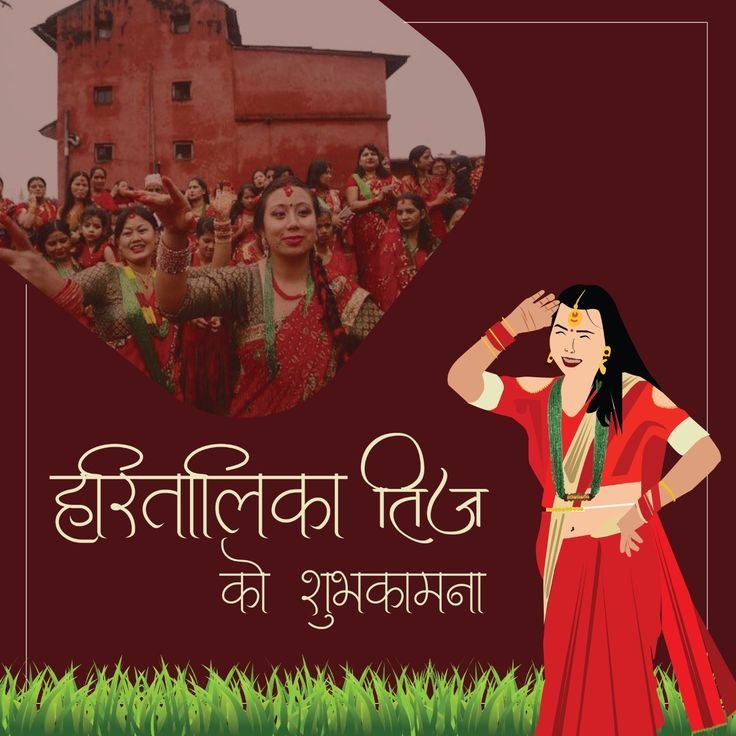

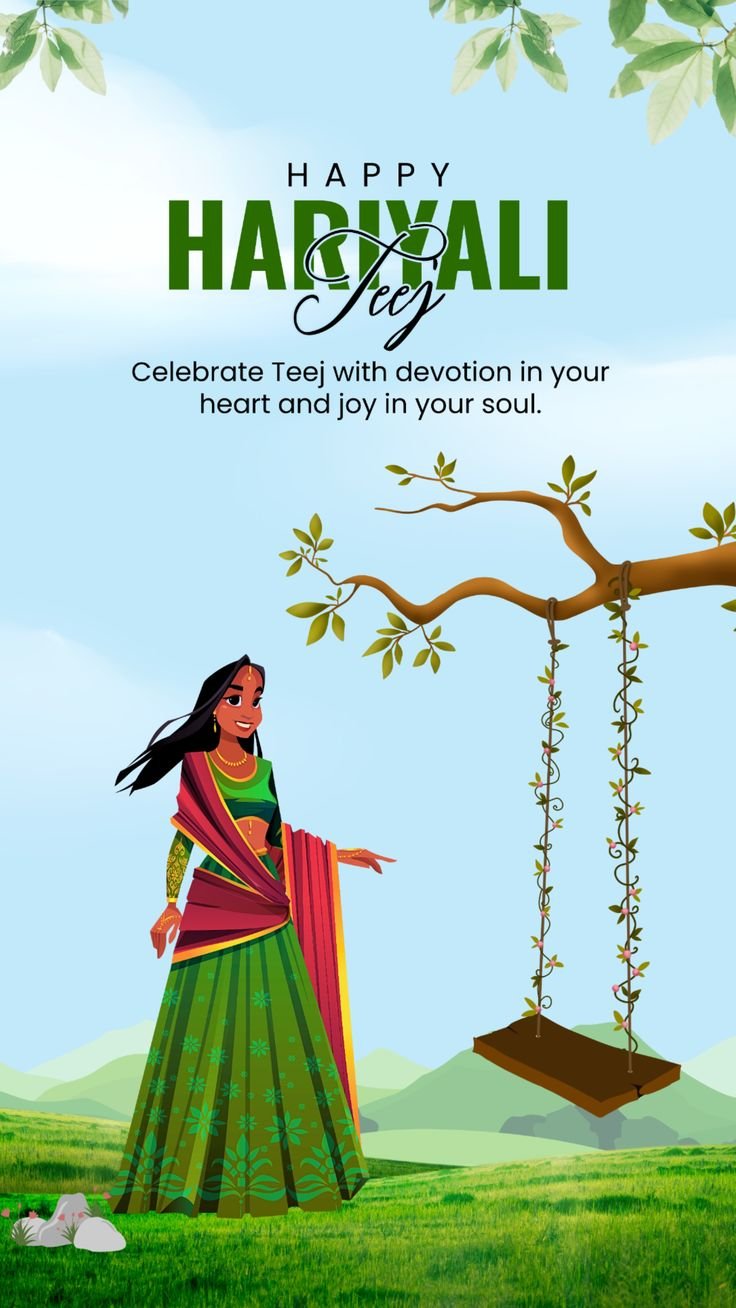


Rituals & Traditions of Hartalika Teej
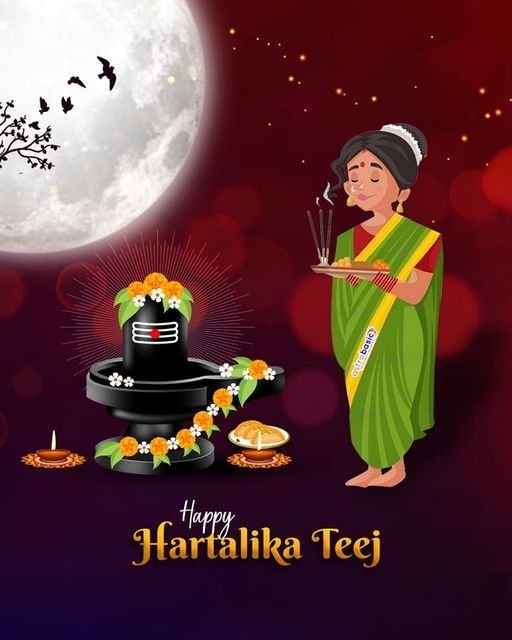
Hartalika Teej is a revered Hindu festival celebrated with devotion, mainly by women in North Indian states like Uttar Pradesh, Bihar, Madhya Pradesh, and Rajasthan. It is observed on the third day of Shukla Paksha in the month of Bhadrapada (August–September). The name Hartalika is derived from two Sanskrit words: Harat meaning abduction and Aalika meaning female friend. According to legend, Goddess Parvati’s friend took her to the forest to help her perform severe penance so that she could attain Lord Shiva as her husband. After years of devotion and austerities, Parvati’s prayers were fulfilled, and Shiva accepted her. Thus, Hartalika Teej symbolizes the power of faith, love, and dedication.
The festival carries both religious and cultural significance. On this day, married women observe Nirjala Vrat (fast without food and water) for the long life, prosperity, and happiness of their husbands, while unmarried girls observe the fast to be blessed with a suitable partner. Women wake up early, dress in bright traditional attire, apply mehndi on their hands, and adorn themselves with jewelry. They prepare clay idols of Lord Shiva and Goddess Parvati, offering prayers, flowers, fruits, and sweets. Singing devotional songs, listening to mythological stories, and performing rituals together create a festive and spiritual atmosphere.
Hartalika Teej is not only a festival of fasting and prayer but also a celebration of womanhood, marital harmony, and cultural unity. It reinforces the values of sacrifice, faith, and devotion, while bringing families and communities closer.
Spiritual Importance & Cultural Significance
Hartalika Teej is an auspicious Hindu festival celebrated with devotion, mainly by women in states like Uttar Pradesh, Bihar, Madhya Pradesh, and Rajasthan. It is observed on the third day of Shukla Paksha in the month of Bhadrapada (August–September). The name Hartalika comes from the Sanskrit words Harat (abduction) and Aalika (female friend). According to legend, when Goddess Parvati expressed her desire to marry Lord Shiva, her father planned to marry her off to Lord Vishnu. To help her, a close friend took her away to the forest, where Parvati performed intense penance to please Shiva. Moved by her determination and devotion, Lord Shiva accepted her as his consort. This story highlights the values of sacrifice, faith, and perseverance, which are the essence of Hartalika Teej.On this day, married women observe Nirjala Vrat—a strict fast without food and water—for the long life, prosperity, and well-being of their husbands. Unmarried girls also keep the fast to be blessed with a suitable life partner. The vrat is considered highly powerful and meritorious, as it symbolizes Goddess Parvati’s devotion. Women wake up early, bathe, and dress in colorful traditional attire, adorning themselves with jewelry and mehndi. They prepare clay or sand idols of Lord Shiva and Goddess Parvati, worship them with flowers, fruits, sweets, and sacred offerings, and listen to the story of Teej Katha.
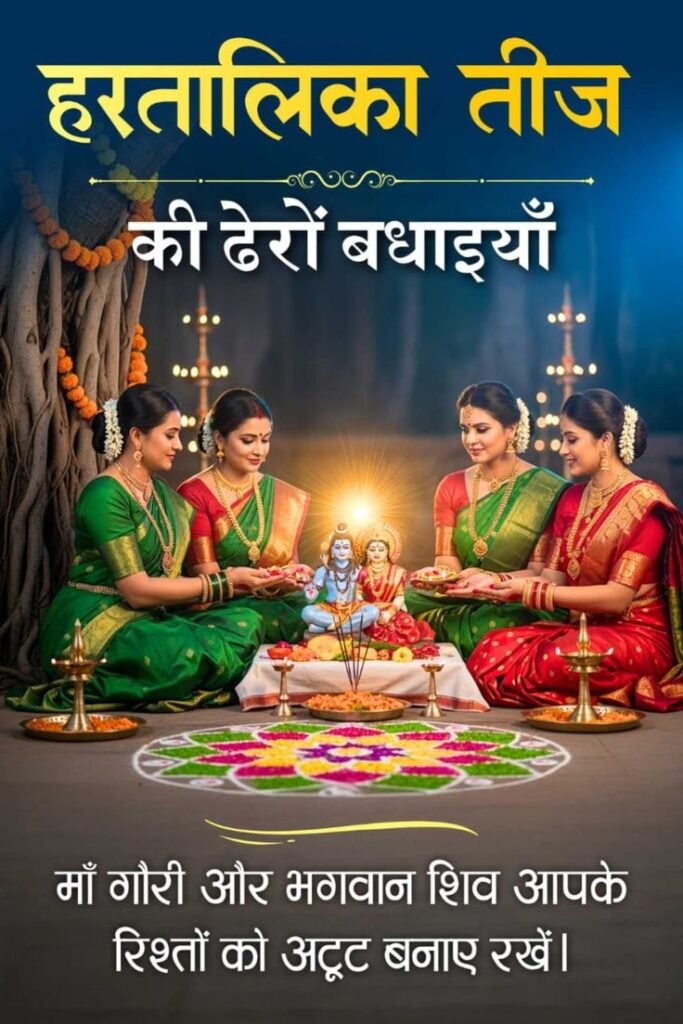

Food & Sweets & Modern Celebrations
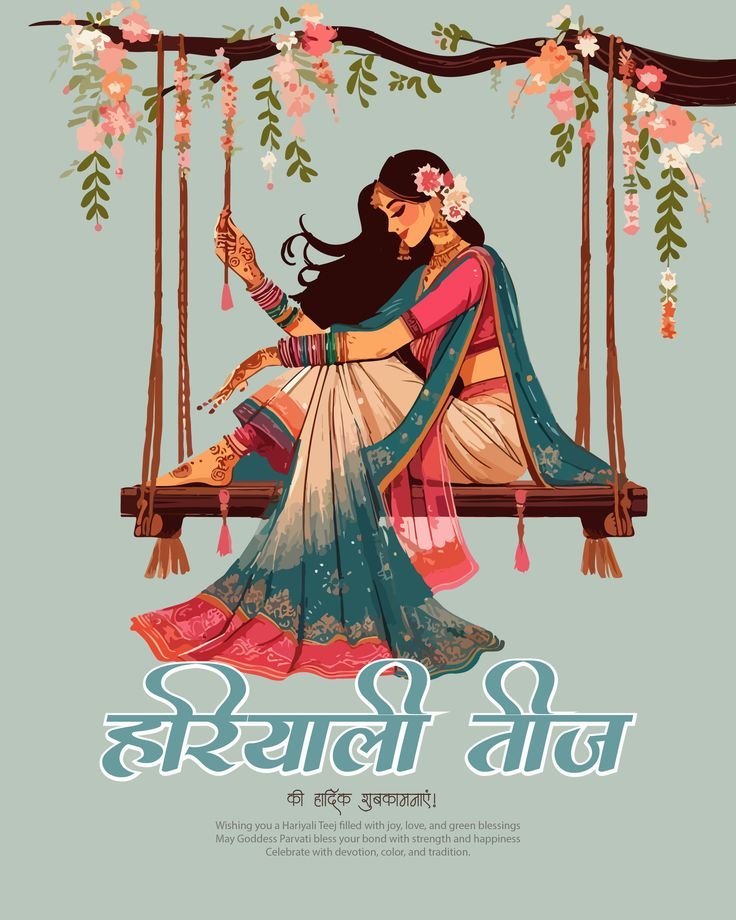
Hartalika Teej is not only a deeply spiritual occasion but also a festival filled with joy, traditions, and flavors. Women observing the vrat (fast) stay without food and even water throughout the day, dedicating their devotion to Goddess Parvati. Once the fast is completed, families and communities come together to celebrate with special delicacies. Traditional sweets like gujiya, ghewar, kheer, malpua, and ladoos hold a special place during this festival. Savory dishes such as poori, aloo-sabzi, dal-baati, and halwa are also lovingly prepared, often shared among family and neighbors after the vrat. In modern times, Hartalika Teej has transformed into a vibrant social celebration. Women dress in bright green sarees, leheriyas, and ornate jewelry, symbolizing prosperity and marital bliss. Applying mehendi (henna) and singing traditional folk songs are integral to the occasion. Urban communities often organize Teej fairs, cultural programs, and competitions where women gather to celebrate with dance, music, and rituals. Social media has also added a new dimension, where women share festive pictures, recipes, and wishes with loved ones. Thus, Hartalika Teej beautifully blends spiritual austerity with cultural festivity, keeping alive age-old traditions while embracing modern ways of celebration.




















































